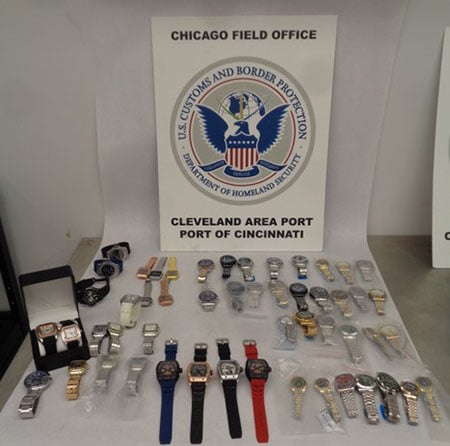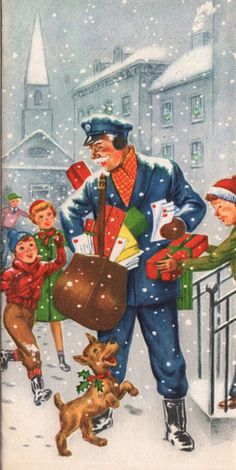At this time of year, I remember the way the house I grew up in was decorated for Christmas, but one year in particular brought its own version of peace on earth.
As always, the tree was in the sunroom, festooned with lights, tinsel and scores of shiny ornaments. Beneath the tree, the creche was thronged with an array of mis-matched and chipped shepherds, angels, oxen, and a cow with a bent horn. A motley crew, but we loved them all.
The original Mary, Joseph and Baby Jesus had been supplanted over the years. When Joseph was displaced by a younger, handsomer version, a new Mary was added to make a better match. Likewise, a trinity of pâpier-maché infants snoozed in the manger and four Wisemen lined up with gifts of gold, frankincense, myhrr and myhrr, because the first myhrr-bearer literally fell down on the job.
Every morning, we found him, face down on the ground, instead of looking up at the star that guided his stalwart traveling companions. Rather than retire the obsolete figures, we welcomed them all to a tableau that was more Modern Family than Holy Family.
Back then, the mailman, bent under the weight of his bag, trudged up the walk twice a day to deliver the holiday posts. My sister, Jeanne, and I shuffled through the day’s catch to pick the prettiest illustrations, and we read each message carefully, even though most of the senders were strangers to us.
Every year, we waited for “Imelda and Charlie Wicks” to show up. When their card came, we could count on Mother saying, “Imelda was always crazy about Charlie,” and then adding some other revelatory remarks about their time together at Thornwood High School. We were thrilled to hear these vignettes, because it was difficult to imagine our imperious mother had ever been a light-hearted teenager, getting rides home from school with Imelda in Charlie’s Model T.
We always heard from Aunt Renie, my maternal grandfather’s sister, a woman we also had never met. She signed her cards “Renie and Pal” and her penmanship became more erratic and unreadable every year. She lived by herself in an apartment in Queens and never left home except to walk the dog. As far as I can remember, she only wrote “Renie and Pal” until the year she told us that her beloved Pal had died and she missed him very much. The next year there was no card.
I was in fifth and Jeanne was in eighth grade the year she got the idea to display all the cards by affixing them to the banister rungs on the front staircase. Using tiny pieces of ribbon threaded through a hole in the back of each card, she tied them all, one by one, until every rung held three or four cards. I helped her sometimes, but she managed the job mostly on her own, and was meticulous in her work.
In any season, the atmosphere in our house was tense, but at Christmas the stress notched up a level or ten. As the youngest, I tried to stay out of the way and so did Jeanne. We left the mine field open to my sister Pamela and brother Roger, the main trouble-makers who seldom avoided sparking a conflagration that ended up getting the whole house in an uproar. (By then, Audrey, the oldest, was married, so we didn’t have to worry about her.)
When I think about the year of the Christmas card display, I seem to recall that my mother was not pleased with the change, but she did not order it dismantled. No one asked me what I thought, but I secretly loved the way the cards rustled against each when the door between the vestibule and the front hall was opened to get the mail and then closed afterwards.
The whispery sounds of the fluttering paper against the counterpoint ticking of the grandfather’s clock created a moment of utter tranquility, fragile as a breath. In that blessed space there were no harsh words, no slammed doors, no threats, just an evanescent promise of peace.
Constance Alexander is a faculty scholar in the Teacher Quality Institute at Murray State University. She is a freelance writer who writes a regular column for her local newspaper and for NKyTribune.























